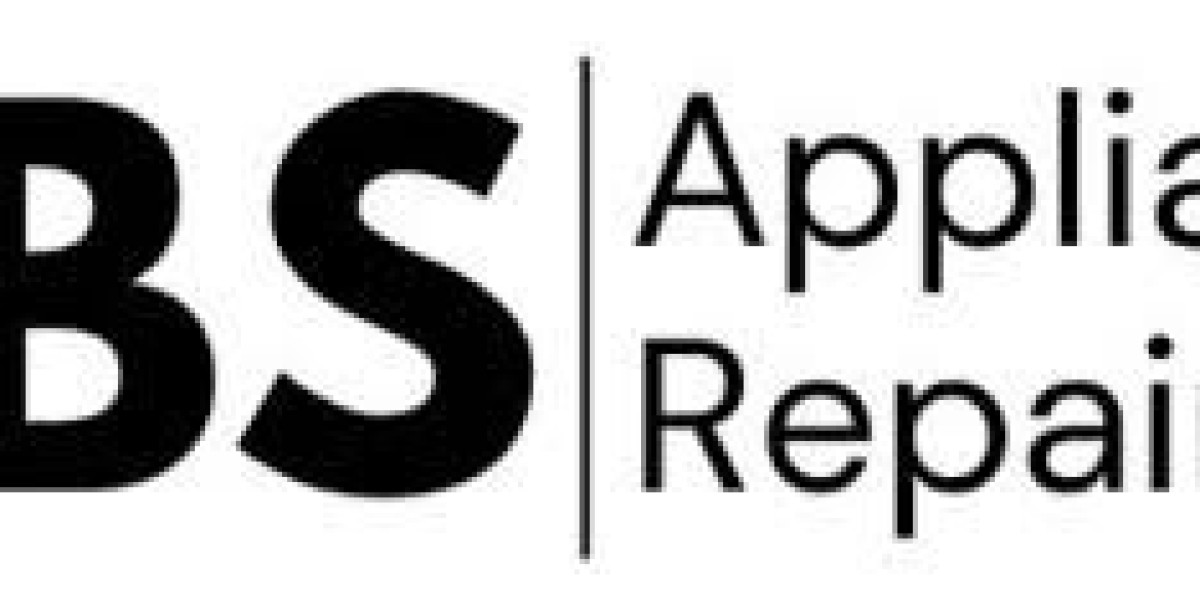Customer connection and efficiency are critical in today's fast-paced corporate environment. Connecting with the right people at the right time can make or break the success of any business that depends on outbound or inbound calls, from busy sales teams to crucial customer support centers. Call center dialers come into play here, turning disorganized manual dialing into a high-performing, efficient process.
But what exactly are call center dialers, and why are they so crucial for modern businesses? This comprehensive guide will demystify these powerful tools, explore their various types, and unveil how they can revolutionize your customer interactions, boost agent productivity, and ultimately drive your business forward.
Beyond Manual Dialing: The Power of Call Center Dialers
Imagine your agents spending valuable time manually dialing numbers, waiting for rings, encountering busy signals, or reaching voicemails. This isn't just inefficient; it's a drain on resources and a significant bottleneck to achieving targets. Call center dialers automate this entire process, allowing agents to focus on what they do best: engaging with customers.
At its core, a call center dialer is a software solution designed to automate the process of making outbound calls from a call center. It connects agents to live prospects and customers, significantly reducing idle time and increasing the volume of successful connections.
Why Are Call Center Dialers Indispensable for Your Business?
The benefits of implementing robust call center dialers are multifaceted and impactful:
Skyrocketing Agent Productivity: This is perhaps the most immediate and tangible benefit. By eliminating manual dialing, agents spend more time talking to customers and less time waiting. This translates directly to more calls handled per hour and higher overall output.
Enhanced Customer Experience: While seemingly counterintuitive, automated dialers can actually improve customer experience. By connecting agents with live prospects quickly, it reduces customer wait times if they are calling in, and ensures that agents are available when an outbound call connects. Furthermore, features like intelligent routing ensure customers are connected to the most appropriate agent for their needs.
Improved Sales Performance: For sales teams, more conversations equal more opportunities. Call center dialers ensure a consistent flow of qualified leads to agents, leading to higher conversion rates and increased revenue.
Optimized Resource Allocation: Dialers help in managing agent schedules and call volumes effectively. This ensures that you have the right number of agents available at peak times, preventing burnout and maximizing efficiency.
Data-Driven Insights: Most modern call center dialers come with robust reporting and analytics features. This allows managers to track key metrics like call volume, talk time, conversion rates, and agent performance, providing invaluable insights for continuous improvement.
Reduced Operational Costs: By optimizing agent time and improving efficiency, businesses can achieve more with the same or even fewer resources, leading to significant cost savings in the long run.
Compliance and Regulation Adherence: Reputable call center dialers are built with compliance features in mind, helping businesses adhere to regulations like TCPA, Do Not Call lists, and other industry-specific guidelines, mitigating legal risks.
Types of Call Center Dialers: Choosing the Right Fit for Your Needs
Not all call center dialers are created equal. Understanding the different types is crucial for selecting the solution that best aligns with your business objectives:
Predictive Dialers: These are perhaps the most sophisticated and widely used dialers for high-volume outbound campaigns. Predictive dialers use algorithms to predict agent availability and dial multiple numbers simultaneously. When a live person answers, the dialer automatically connects them to an available agent. This minimizes agent idle time but requires careful calibration to avoid "abandoned calls" (where the system dials too many numbers and no agent is available when someone answers).
Progressive Dialers (Power Dialers): More controlled than predictive dialers, progressive dialers dial one number at a time only when an agent becomes available. This virtually eliminates abandoned calls, making them ideal for campaigns where every call is critical and customer experience is paramount, such as lead qualification or high-value sales.
Preview Dialers: With a preview dialer, agents are presented with contact information (CRM data, call history, notes, etc.) before the call is placed. The agent then reviews the information and manually initiates the call. This type of dialer is perfect for complex sales, customer service, or collections where agents need to be fully prepared and knowledgeable before engaging with the customer. It prioritizes quality over quantity.
Auto Dialers: This is a broader category that encompasses any system that automates the dialing process. Predictive, progressive, and preview dialers are all types of auto dialers. Sometimes, "auto dialer" is used to refer to simpler systems that just dial a list of numbers in sequence.
IVR (Interactive Voice Response) Dialers: These dialers integrate with IVR systems to deliver pre-recorded messages or guide customers through automated menus. They can be used for things like appointment reminders, payment confirmations, or even simple surveys, freeing up agents for more complex interactions.
Key Features to Look for in Modern Call Center Dialers
When evaluating call center dialers, consider these essential features that can significantly impact your operations:
CRM Integration: Seamless integration with your existing CRM (Customer Relationship Management) system is vital. This ensures agents have immediate access to customer data, call history, and preferences, leading to more personalized and effective interactions.
Call Recording: Essential for quality assurance, training, and compliance, call recording provides valuable insights into agent performance and customer interactions.
Real-time Monitoring and Reporting: Managers need to be able to monitor calls in real-time, barge in if necessary, and access comprehensive reports on key metrics to make data-driven decisions.
Answering Machine Detection (AMD): A crucial feature for outbound campaigns, AMD helps differentiate between live answers and voicemails, routing live calls to agents and allowing voicemails to be handled efficiently (e.g., by leaving a pre-recorded message).
Skill-Based Routing: For inbound calls, skill-based routing ensures that customers are connected to the agent best equipped to handle their specific query, improving resolution rates and customer satisfaction.
Do Not Call (DNC) List Management: Automatic management of DNC lists is essential for legal compliance and avoiding customer frustration.
Campaign Management Tools: Robust tools for setting up, managing, and optimizing various outbound campaigns are critical for effective operations.
Scalability: Choose a dialer solution that can scale with your business as your call volumes and team size grow.
Cloud-Based vs. On-Premise: Cloud-based dialers offer flexibility, lower upfront costs, and easier maintenance, while on-premise solutions provide more control and customization. The best choice depends on your specific infrastructure and needs.
Implementing Call Center Dialers: A Smooth Transition
Successfully implementing call center dialers involves more than just purchasing software. Consider these steps for a smooth transition:
Define Your Goals: Clearly identify what you want to achieve with the dialer (e.g., increase sales by X%, reduce agent idle time by Y%).
Assess Your Needs: Analyze your current call volume, agent count, campaign types, and existing infrastructure to determine the most suitable dialer type and features.
Choose a Reputable Provider: Research and select a vendor with a proven track record, excellent customer support, and a solution that meets your specific requirements.
Agent Training: Thoroughly train your agents on how to use the new system, emphasizing best practices and troubleshooting.
Phased Rollout: Consider a phased rollout to a smaller group of agents initially to identify and address any issues before a full deployment.
Monitor and Optimize: Continuously monitor performance, analyze data, and make adjustments to optimize your campaigns and dialer settings.
The Future of Customer Engagement is Dialed In
In the competitive landscape of modern business, the ability to connect with customers efficiently and effectively is no longer a luxury – it's a necessity. Call center dialers are not just tools; they are strategic assets that empower your team, enhance customer experiences, and drive tangible business results.
By understanding the different types of dialers, recognizing essential features, and approaching implementation strategically, you can harness the full power of these technologies to supercharge your sales, elevate your service, and position your business for sustained growth. Invest in the right call center dialers today, and watch your customer engagement soar.
Sources:
https://www.webwers.com/call-center-dialers-features-benefits-and-trends







